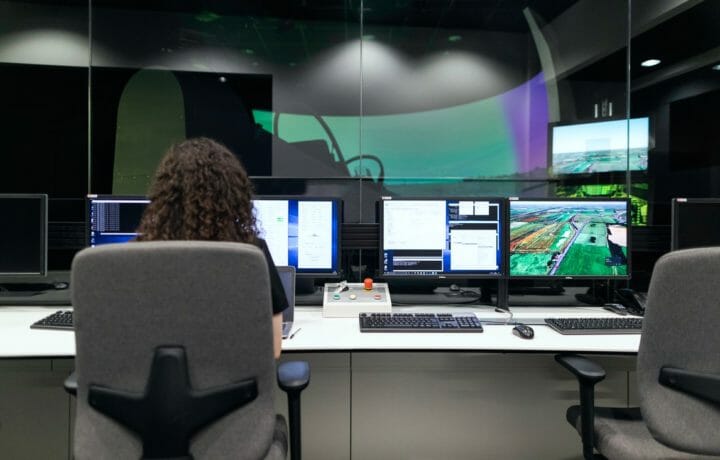Working in the cleared industry can take many paths. Not everyone is cut out to be an engineer or network analyst, but that doesn’t mean that you can’t support national security. In fact, depending on your location, if you can obtain a security clearance, you can generally find a job in the industry. Where there are new tools, systems, or products, there’s a need for training. For some, that means live training events, but in a world that lives online and in front of computer screens, that means the world of instruction has become embedded with technology. In fact, getting warfighters necessary training needs to be in the moment, and at the right time.
What is it?
With COVID-19 in 2020 came a lot of online learning. So, does instructional design simply mean live, online training events over Zoom? Well, maybe, but it doesn’t mean that the instructional designer is the one on the screen. Rather, instructional designers plan the learning, knowledge, capabilities, and performance increases, and design the instruction to meet those goals. Based on the needs of the learner, the instruction might be video based, documentation heavy, or visual focused. Whatever the delivery method, the point is that it’s the best medium to engage the learner and produce the desired learning outcome.
The field of instructional design offers a lot of different career trajectories. While some may take a more traditional path supporting eLearning or corporate performance goals, others might prefer to navigate the gaming and simulation world instead. With immersive learning options on the rise, the field has a way of bringing together the psychology behind learning and technology. Virtual reality, artificial intelligence, and simulations all require an instructional designer to ensure that the tools are more than just toys.
Education, Skills, and Certifications
While a bachelor’s degree may get you in the door if you have experience, expect to start out as an Instructional Assistant or Analyst if your major isn’t in Instructional Design. However, an education, communications, english, or other related fields will also work in the beginning. Plenty of universities offer masters or doctorate degrees in education technology or instructional design, which not only will improve your skills but also will translate to increased compensation. Instructional designers should expect an interview that looks for a portfolio of projects – whether completed in school or referenced on your resume from your last employer. Instructional designers need to be able to talk learning models (Analysis, Design, Development, Implementation, and Evaluation (ADDIE) Instructional Systems Design model or Bloom’s Taxonomy), but at the same time, be fluent in technology mediums.
Depending on your instructional designer career path, you will want to weigh your options between certifications or graduate degrees. If your goal is supporting corporate learning goals, sticking with a certification to build your expertise is a viable option that will generate enough return on investment within that type of field. However, contract work in national security or overseeing training offices within agencies will call for advanced degree(s) as you gain experience in the field. Keeping up with training options that support national security needs requires knowledge of cutting edge technologies and a strong grasp of different learning practices, styles, and motivations.
It should go without saying that the soft skills go hand in hand with technical skills for instructional designers. Without the ability to communicate the design plan for the project team and the client, the program will miss critical learning objectives. Of course, it’s always a balancing act to manage training potential with budget realities and agency priorities.
Typical Tasks for Cleared Instructional Designer
Daily activities will vary depending on the organization of the technology department or the agency, but the following are some typical tasks that instructional designers will need to do on any given day. Generally, the project life will determine which task you have to spend time on, and some contractors will need to be doing work on multiple programs at the same time.
- Provide updates to program manager on project status and learning goal alignment.
- Hold meetings with subject matter experts to discuss end user challenges and training visions.
- Create measurable learning objectives and design requirements from data gathering and analysis.
- Identify technical capabilities with visual and development team and work with them to implement vision.
- Complete product testing of the training (whether it’s a simulation, mobile learning product, or computer-based training).
- Complete course observations and gather updates to the content.
- Gather data post testing to measure success against goals.
- Produce project schedules, design plans, flow diagrams, storyboards, video scripts, and instruction guides.
Security Clearance Considerations
Depending on the contract, instructional designers desiring work in the cleared world need to either have an active secret clearance or the ability to obtain one. While some work that doesn’t require access to classified information can begin, candidates need to either get an interim clearance or already have a current or active clearance in place in order to move forward on the contract. Some agencies may require a Top Secret clearance. If the training is being developed for an intel agency, a polygraph may be required as well.




